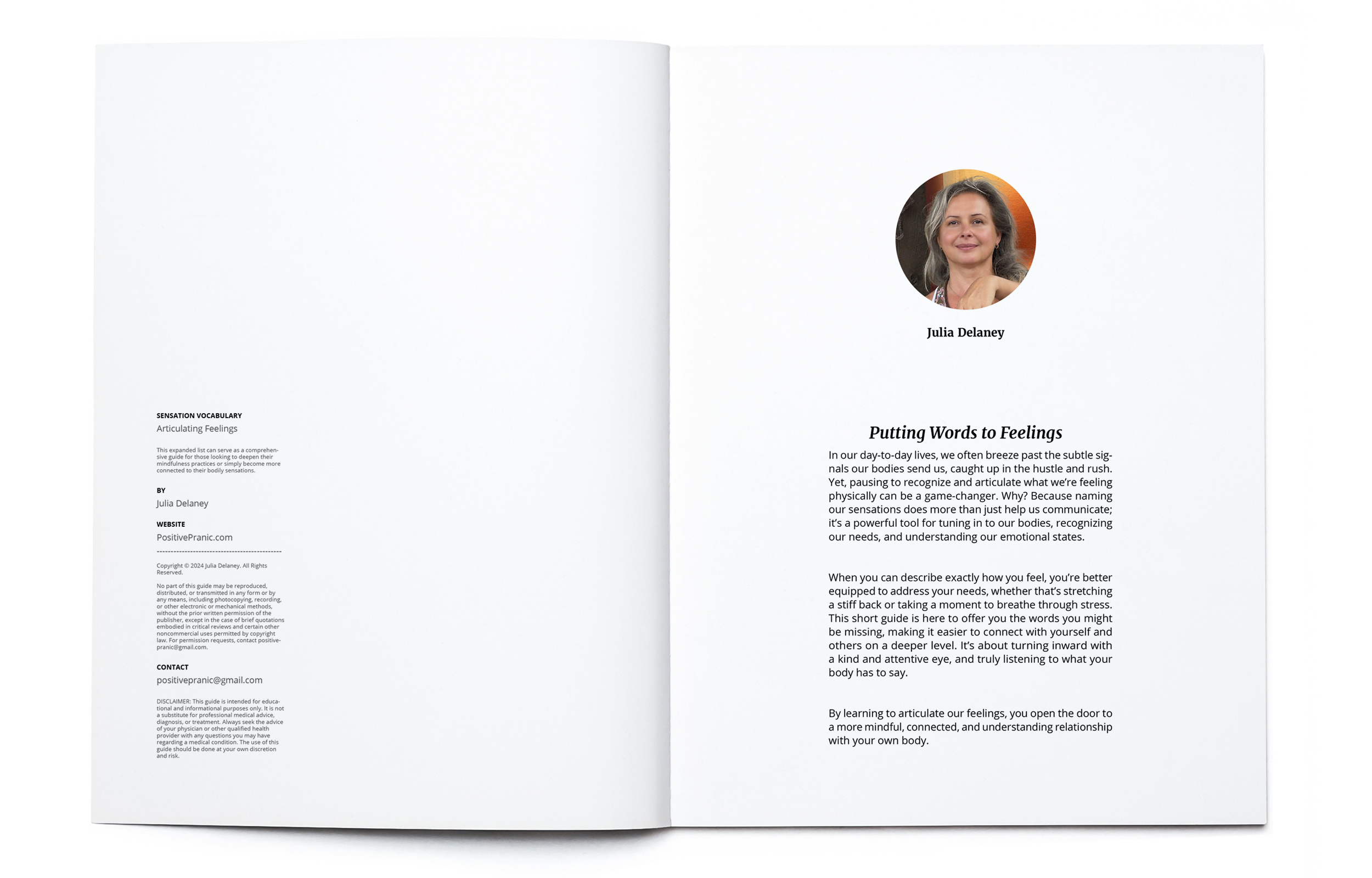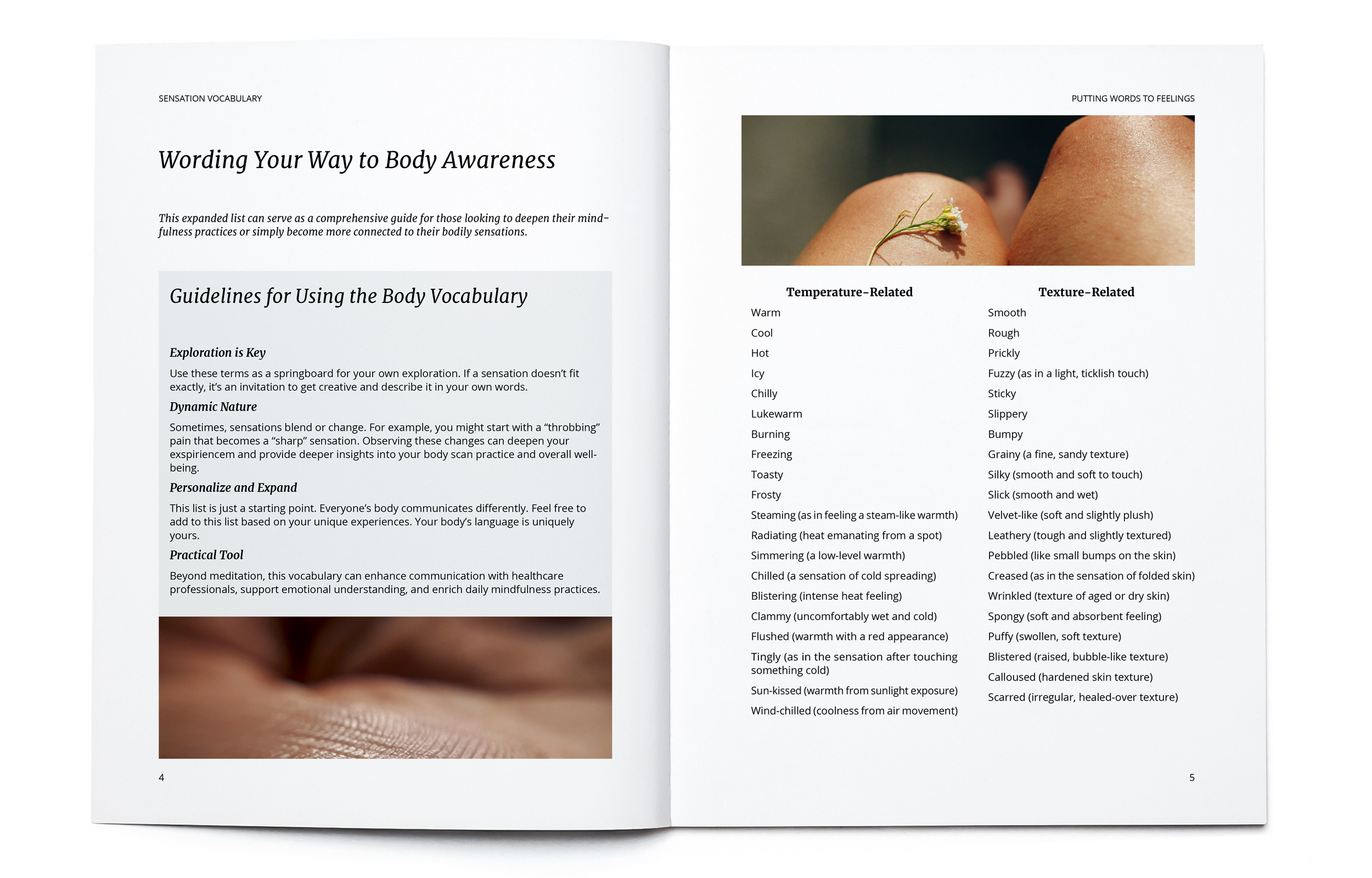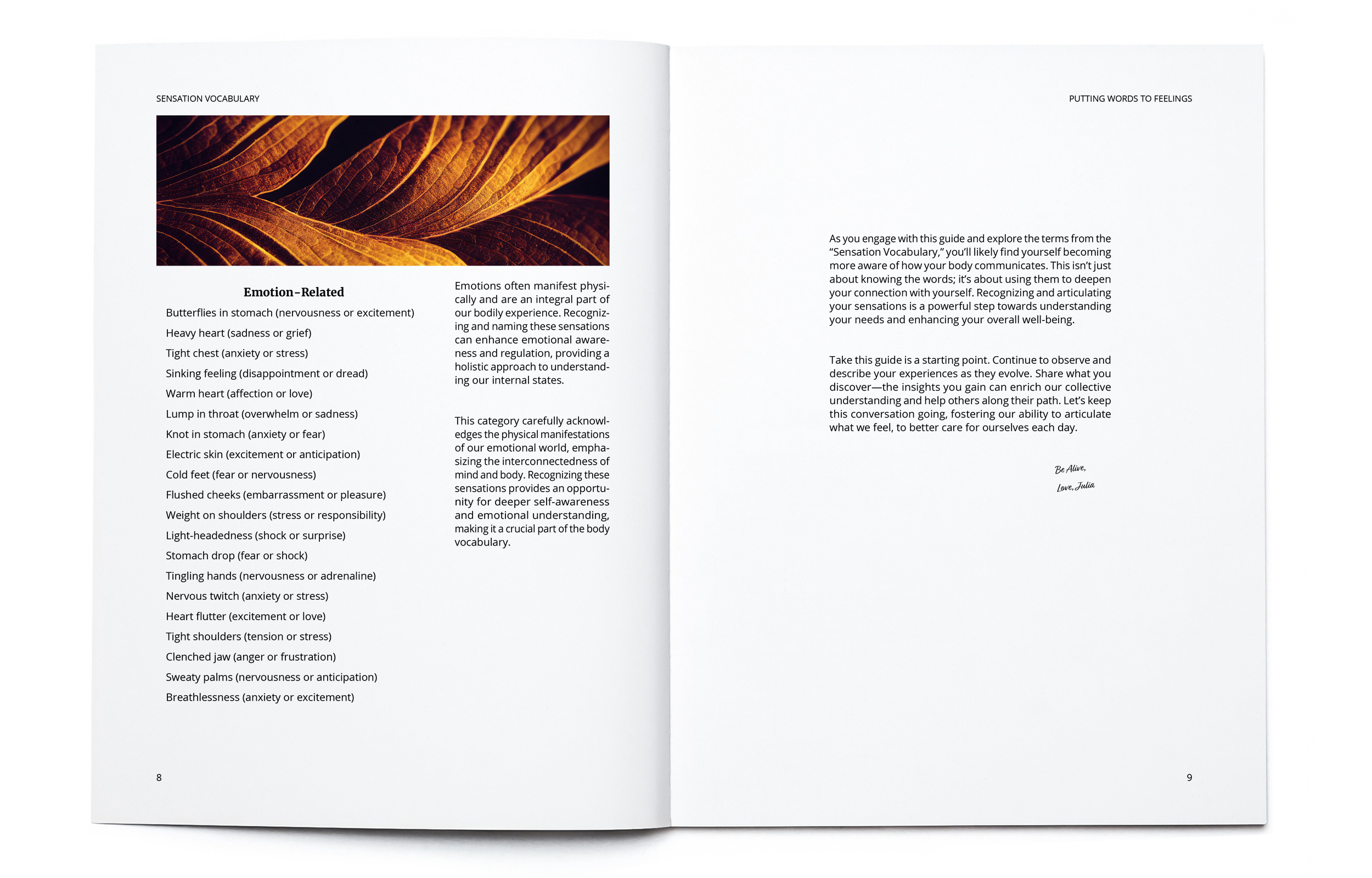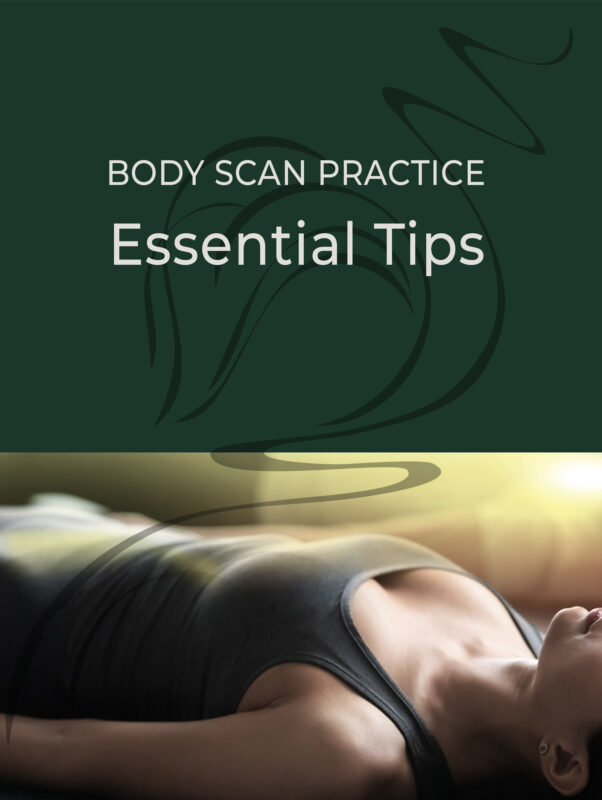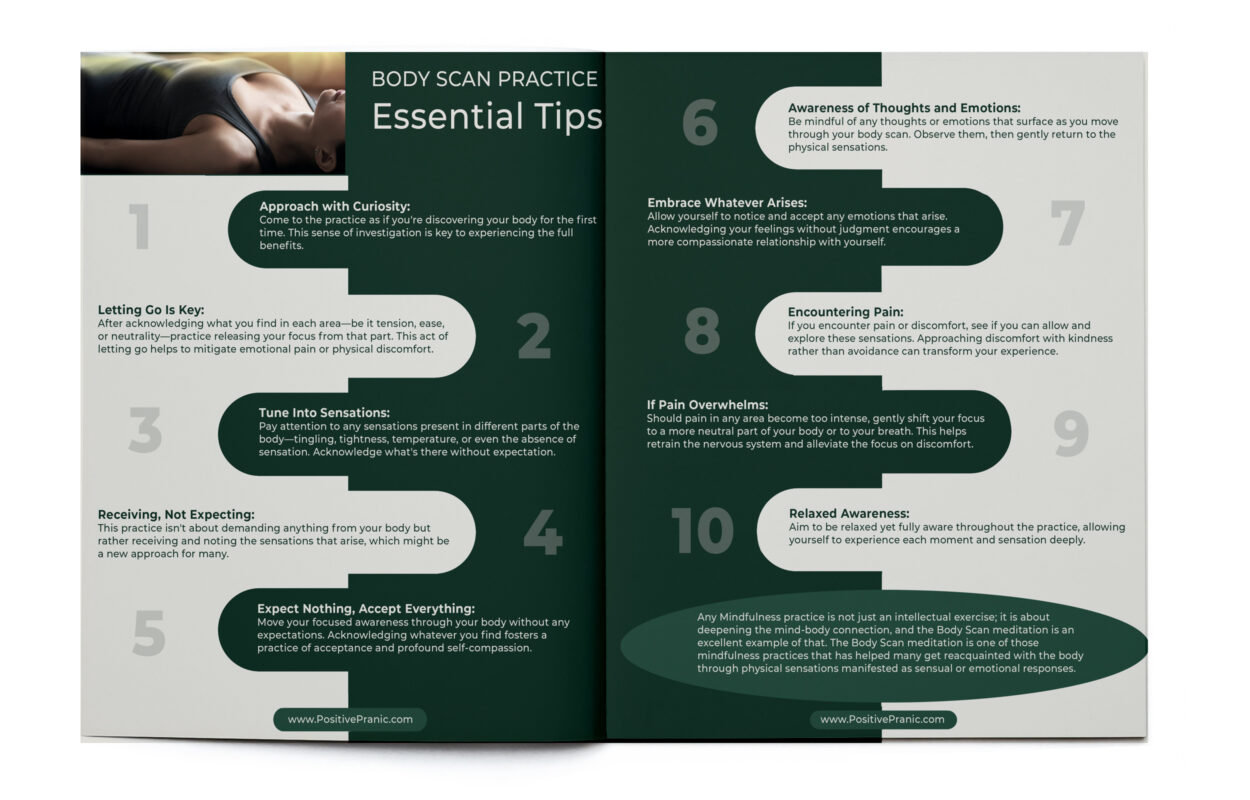Well, it’s time to mind your body! Body scan meditation is a simple but powerful technique that can help you tune in to your body and relieve stress and tension. If you want to experience how to better deal with physical discomfort and complicated emotions, you might want to consider trying out the Body Scan exercise. After practicing Body Scan, many people share that they feel relaxed and renewed, and I can vouch for that as well.
But before you get started with Body Scan, there are a few things you should know. Don’t worry, I won’t bore you with complicated scientific terms or make you chant like a monk (unless that’s your thing, of course). I won’t make you stand on one leg or contort your body into a pretzel either. Instead, I’ll give you some practical tips for getting started with body scan meditation that are easy to understand and apply.
So, whether you’re a seasoned meditator or a complete newbie, whether you’re looking for a new way to relax after a long day, seeking relief from chronic pain, or just curious about the benefits of meditation, I hope you find the information below helpful. Get ready to mind your body whenever and in whichever way you want!
Bringing Awareness to the Body
Any Mindfulness practice is not just an intellectual exercise; it is about deepening the mind-body connection, and the Body Scan meditation is an excellent example of that. The Body Scan meditation is one of those mindfulness practices that has helped many get reacquainted with the body through physical sensations manifested as sensual or emotional responses.
Things to Know Before Beginning Body Scan Practice
The way we approach this practice is important.
- During the Body Scan practice, we will change the focus of attention frequently. So to experience it fully, bringing an attitude of curiosity to the practice is essential. We approach it as if we’re investigating our body for the first time.
- As we move through the body with an even pace, we practice letting go and accepting what’s there.
- One by one, we focus on the sensations (or lack thereof) in various parts of our body, noticing any present sensations (like tingling, tightness, temperature, pressure, dullness, etc.)
- We focus on what is there rather than how we believe we should feel. If you don’t feel anything in a certain area, simply note that. There is no need to elicit sensation if there is none because even if there are no sensations, it is still possible to focus on the area.
- During this practice, we don’t expect anything from the body. It is more of a receiving of sensations. Depending on your experience, this may be something new to you because we usually pay attention to our body only if we want it to perform or look a certain way.
- See if you can be aware of any thoughts or emotions that may arise as you move through the areas of your body. Just note them, and return to the bare physical sensations you’re experiencing.
- Whenever you come across a tense area, see if you can allow it to soften. If the area does not soften, simply notice how it feels and just let it be.
- Feel as deeply and precisely as you can into each region of the body, noting any changes; without judging-good or bad, right or wrong… rather look at it as pleasant, unpleasant or neutral.
Encountering Pain During a Body Scan Practice
Another aspect I would like to touch on prior to Body Scan practice is encountering pain. If you notice any pain or discomfort in any area of the body, see if you can practice allowing and exploring it (even if it is for a few seconds), feeling the various aspects of the sensation(s).
You see, it is common to hear from people: “But I don’t want to pay attention to what’s going on in my body because it hurts!” It is very understandable because most of us would seek relief from physical pain.
As part of our Body Scan exercise, we experiment with new ways of approaching physical discomfort. With no grasping, avoiding, or pushing away, we’re bringing each part of our body into our awareness with loving kindness, even if what we notice is unpleasant.
But if the pain in a particular area is just too much to handle, try shifting your attention to another part of the body or the breath for a short time. By shifting attention to the parts of the body that feel comfortable, we’re retraining the nervous system to stop concentrating on the painful spot.
(Here you can see more information on managing chronic pain )
And last but not least: As in any meditation practice, we’re striving to be relaxed but fully aware, experiencing every moment and sensation to the fullest.
So now, you’re ready to experience the Body Scan Practice. You can find several variations of it here. See which one suits you better.
practices
Body Scan Seated
Body Scan 20 min
Body Scan for Sleep
Exstanded Body Scan NSDR
PMR for Anxiety and Stress Relief
Body Scan no music
The Wandering Mind: Why It’s Normal to Struggle with Focus During Body Scan Meditation
It’s not uncommon to find your mind wandering during body scan meditation. In fact, it’s part of the practice. Mindfulness meditation, including body scan meditation, involves training the mind to pay attention to the present moment. However, our minds are often easily distracted by thoughts, emotions, and external stimuli, especially when we first start practicing mindfulness.
During a body scan, you may find that your ability to sustain focus on physical sensations changes from moment to moment. Some moments you might feel deeply connected to your body, while other moments you may find your mind wandering to thoughts about your day, your to-do list, or even what’s for dinner. This is completely normal and expected.
The good news is that with regular practice, it becomes easier to sustain focus on physical sensations and to return to them when your mind wanders. As you become more familiar with the practice, you’ll learn to recognize when your mind is wandering and gently guide it back to the present moment. Remember, the goal of body scan meditation is not to stop your mind from wandering but to become more aware of the present moment and your physical sensations.
Reference notes: The Body Scan is used in Mindfulness-Based Stress Reduction (MBSR), created by Jon Kabat-Zinn, Ph.D. The Body Scan is a variation of a Burmese Vipassana meditation practice that involves scanning the body for physical sensations. This meditation is also done in various yoga practices, such as Yoga Nidra.
Be Alive 🌱,
❤ Love, Julia
Mind ∞ Body
How to Do Body Scan Meditation to Get the Most Benefits 🎧 ▶️📝
Right off the bat, let’s clear the air about something: when we talk about body [...]
Listen Closely: Your Body is Speaking
Ever stop to think about the hustle happening inside you every moment? Your heart’s ticking [...]
Bare Narratives: The Stories We Wear
Skin Stories We’ve been conditioned to see our bodies as projects, billboards for our successes [...]
The Tension Takedown: How Progressive Muscle Relaxation (PMR) Helps You Let Go of Stress 🎧 ▶️
In the throes of everyday hustle, stress has a way of making its home within [...]
GUIDED MEDITATIONS 💗
DISCLAIMER: The materials and the information contained on the Positive Pranic website are provided for general and educational purposes only and do not constitute any legal, medical, or other professional advice on any subject matter. None of the information on our videos is a substitute for a diagnosis and treatment by your health professional. Always seek the advice of your physician or other qualified health providers prior to starting any new diet or treatment and with any questions you may have regarding a medical condition. If you have or suspect that you have a medical problem, promptly contact your health care provider.












